Fire Protection Maintenance Benefits
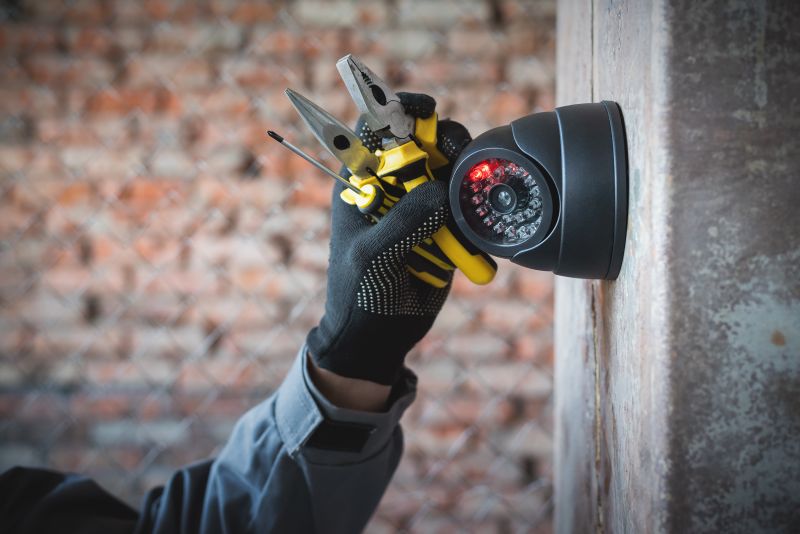
Scheduling maintenance during periods of low activity minimizes disruptions and ensures thorough inspections.
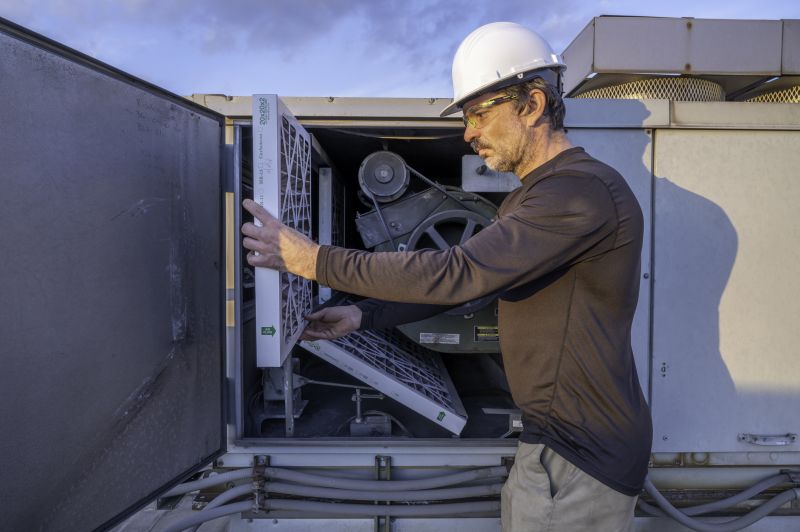
Performing maintenance before peak seasons, such as summer or winter, helps prevent failures during high-demand periods.

Adhering to routine maintenance schedules, typically semi-annual or annual, maintains system reliability.

Ways to make Fire Protection Maintenances work in tight or awkward layouts.

Popular materials for Fire Protection Maintenances and why they hold up over time.
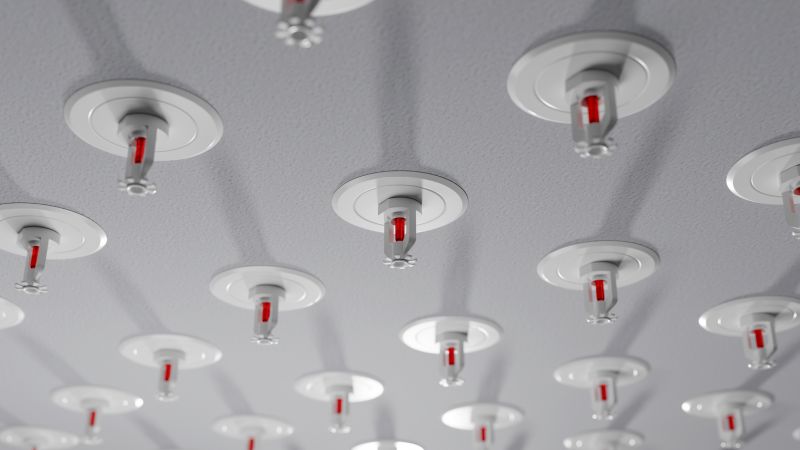
Simple add-ons that improve Fire Protection Maintenances without blowing the budget.
Fire protection maintenance is essential for ensuring the operational readiness of fire suppression systems. Regular inspections and servicing can identify potential issues before they lead to system failure, potentially saving lives and property. According to industry standards, a significant percentage of fire system failures are due to neglect or outdated equipment, highlighting the importance of timely maintenance.
Statistics indicate that properly maintained fire suppression systems can reduce property damage by up to 50% and increase safety during emergencies. Maintenance activities include checking fire extinguishers, testing sprinkler systems, inspecting alarms, and verifying system components' integrity. These procedures are vital for compliance and optimal performance.
Fire protection systems should be inspected at least once a year, with more frequent checks for high-risk environments.
Performing maintenance before seasons with extreme weather helps prevent system failures caused by environmental factors.
Regular maintenance ensures systems are ready to respond effectively during an actual fire event.
Scheduled maintenance helps meet legal requirements and can influence insurance coverage and claims.

Visual and functional checks of extinguishers and alarm devices.

Flow tests and valve inspections ensure proper operation during emergencies.

Testing sensors and notification devices for responsiveness.

Using specialized equipment to ensure systems are functioning correctly.
| Maintenance Type | Recommended Frequency |
|---|---|
| Fire Extinguisher Inspection | Annually |
| Sprinkler System Testing | Semi-Annually |
| Alarm System Check | Annually |
| Hose and Nozzle Inspection | Quarterly |
| Emergency Lighting Test | Monthly |
| Fire Door Inspection | Bi-Annual |
| Control Panel Testing | Annually |
Proper timing of fire protection maintenance maximizes system effectiveness and safety. Conducting inspections before high-risk periods ensures readiness and compliance. Regular maintenance schedules are recommended by industry standards to prevent system failures and ensure quick response during emergencies.
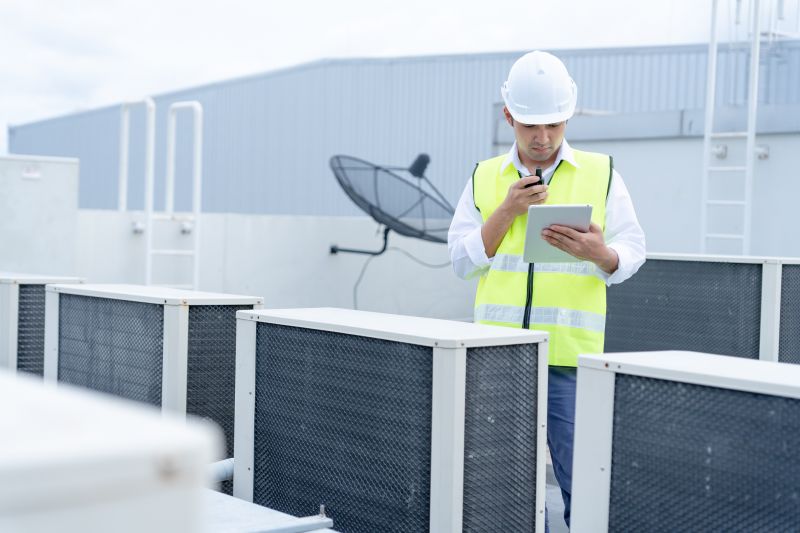
Technicians performing system inspections.

Tools used for testing and verification.

Key parts like valves, sensors, and extinguishers.
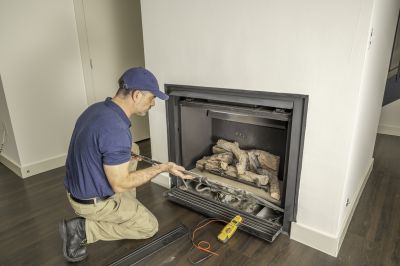
Records of inspections and repairs.

High-end options that actually feel worth it for Fire Protection Maintenances.
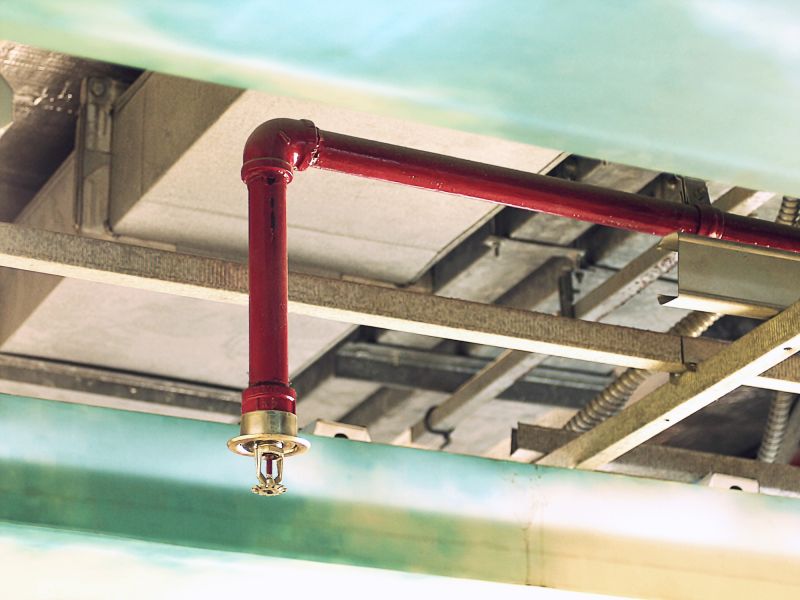
Finishes and colors that play nicely with Fire Protection Maintenances.

Little measurements that prevent headaches on Fire Protection Maintenances day.

A 60-second routine that keeps Fire Protection Maintenances looking new.
Interested parties are encouraged to contact for more information on scheduling fire protection maintenance. Regular upkeep ensures systems function correctly when needed most, reducing risks and safeguarding property and lives.
